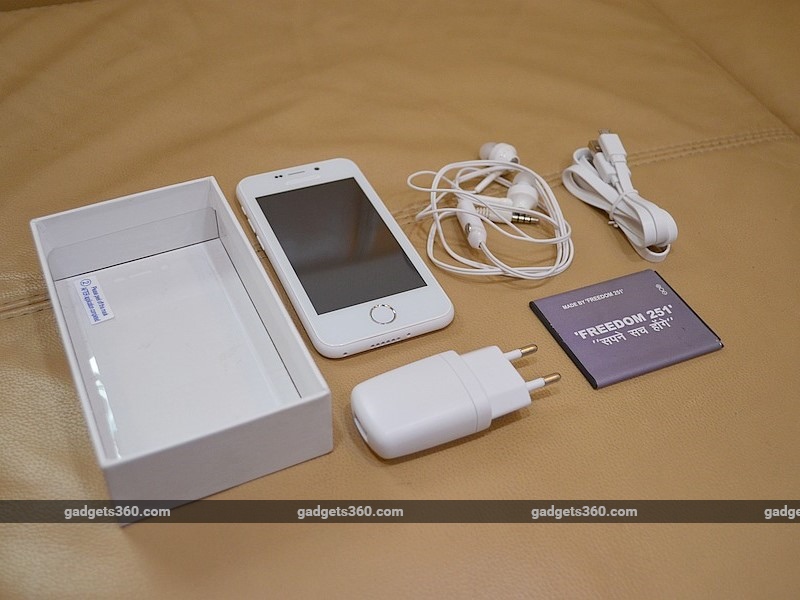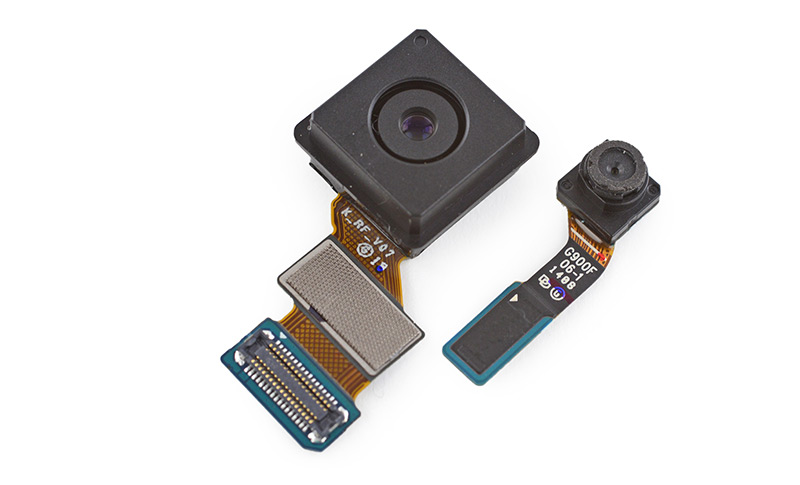Sony Corp disclosed that it is developing new batteries to replace lithium-ion (Li-ion) batteries, aiming to commercialize them in 2020.
The company plans to increase energy density per volume by 40% from the current 700Wh/L to 1,000Wh/L by using a sulfur (S) compound as an electrode material. Compared with an existing battery having the same volume, the new batteries can increase battery life (capacity) by 40%.
Sony intends to commercialize the batteries as laminate batteries for smartphones first and, then, target them at other applications. The company aims to exploit the large capacity of the batteries and have them employed for various devices including mobile devices and robots.
Sony is a company that led the commercialization of Li-ion rechargeable battery. It aims to respond to new demands for highly-functional smartphones and robots by commercializing a new battery that can replace Li-ion batteries.
Aiming at commercialization in 2020, Sony is developing a lithium-sulfur (Li-S) battery and magnesium-sulfur (Mg-S) battery. The Li-S battery uses a sulfur compound for the positive electrode and metal lithium, etc for the negative electrode. Though the sulfur-based positive electrode has a low voltage, the theoretical value of its current capacity per electrode weight is very high, potentially realizing a battery cell with an energy density higher than 1,000Wh/L.
Metal lithium, which is used for the negative electrode, is called a "material of dreams."
Though there have been many technologies researched for using metal lithium and many prototypes, it has hardly been used for rechargeable batteries due to the high difficulty.
When metal lithium is used for a rechargeable battery, the battery generates dendrites (branch-like lithium deposits) at its negative electrode as it is repeatedly charged and discharged. If the dendrites cause a short circuit by breaking through the separator that insulates the positive electrode from the negative electrode, it can cause heat generation or ignition. This problem has not been solved yet.
Despite such difficulties, Sony considers that it is a promising technology to realize an energy density of 1,000Wh/L in about 2020. Manufacturers other than Sony are also actively engaged in the development of batteries using sulfur as an electrode material. So, major manufactures will probably compete against one another in the commercialization of such batteries.
via [nikkeibp.co.jp]





 Adding to the league of Samsung Exynos 3250 and Apple S1, Qualcomm announced the new SOC for wearable devices named Snapdragon 2100.
Adding to the league of Samsung Exynos 3250 and Apple S1, Qualcomm announced the new SOC for wearable devices named Snapdragon 2100.







